The level of heatsinking you need depends on the maximum ambient temperature you can guarantee (let's assume 50C). At an operating temperature of 150C you have a temperature gradient between the resistor's internals and the air of 100C. You want to push 5W (rounded up) through this gradient, which means that the total thermal resistance can not be more than 100C per 5W or 20C/W (C/W is how a heatsink is rated).
If the 6.5C/W is the correct internals-to-case heat resistance that leaves 13.5C/W for the heatsink. To put that in perspective: the heatsink below is rated at 11C/W. Note that for heatsinks a lower value is better (and larger, and heavier, and more expensive), so stay below the 13.5C/W figure.

You can do such calculation the same way you would calculate with voltage (temperature in C), current (power in W), and resistance (thermal resitance in C/W).
Note1: With a 13.5C/W heatsink that heatsink will be at (13.5/20)*100 = 67.5C above the ambient temperature. If that is too hot for your purpose you will need a (much) bigger heatsink.
Note2: The heat must be transferred to the ambient. Even th largest heatsink is useless when it is put in a thermally isolated box!
Note3: The C/W of eany heatsink can be improved (lowered) dramatically by using forced circulation (= a fan). But think about what happens when the fan fails, and the air must still go somewhere.
Note4: A a quick rule of thumb anything in a TO220 casing can dissipate up to 1W, but the case will get too hot to touch. Above 1W a heatsink is probably needed.


